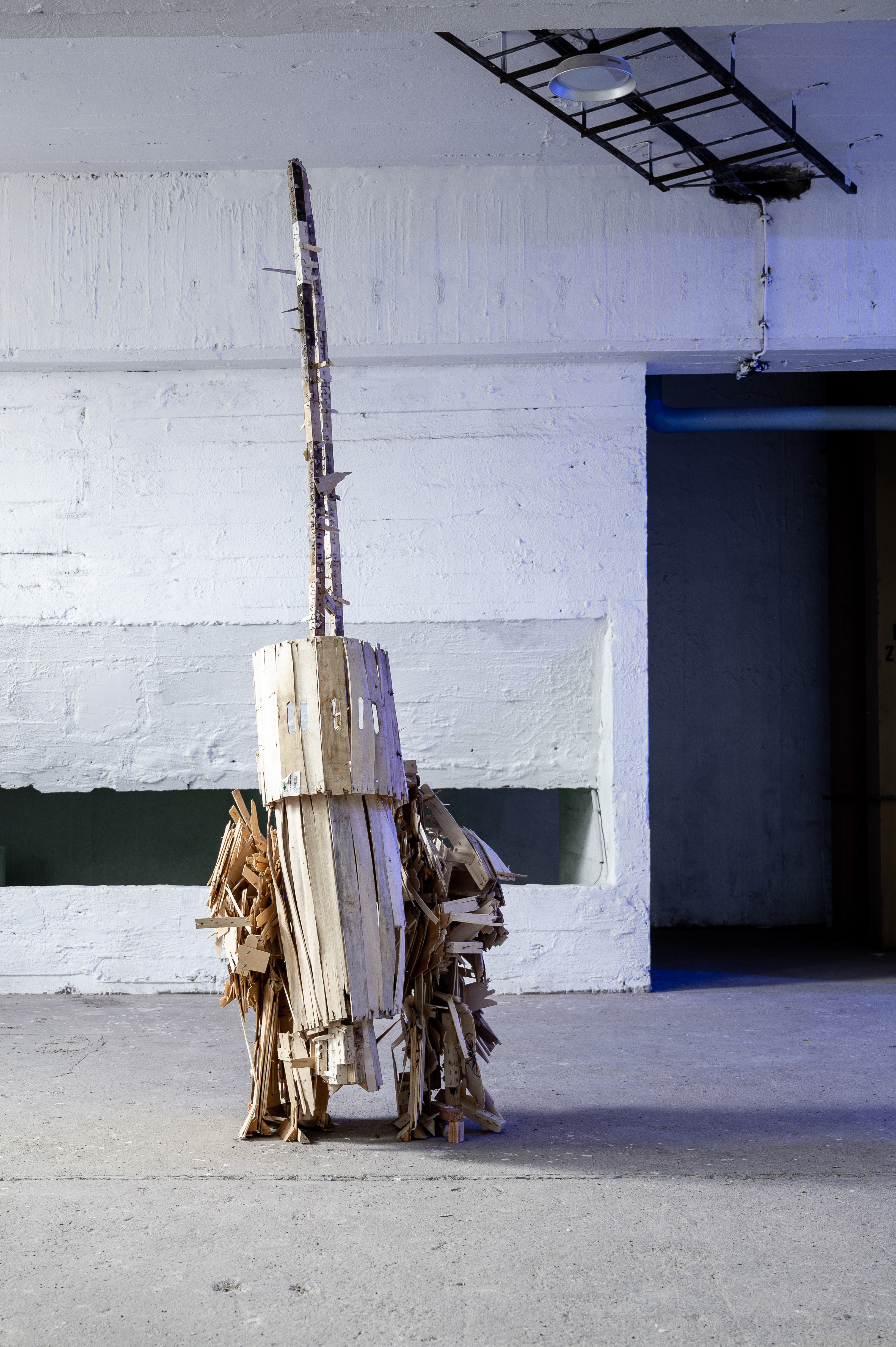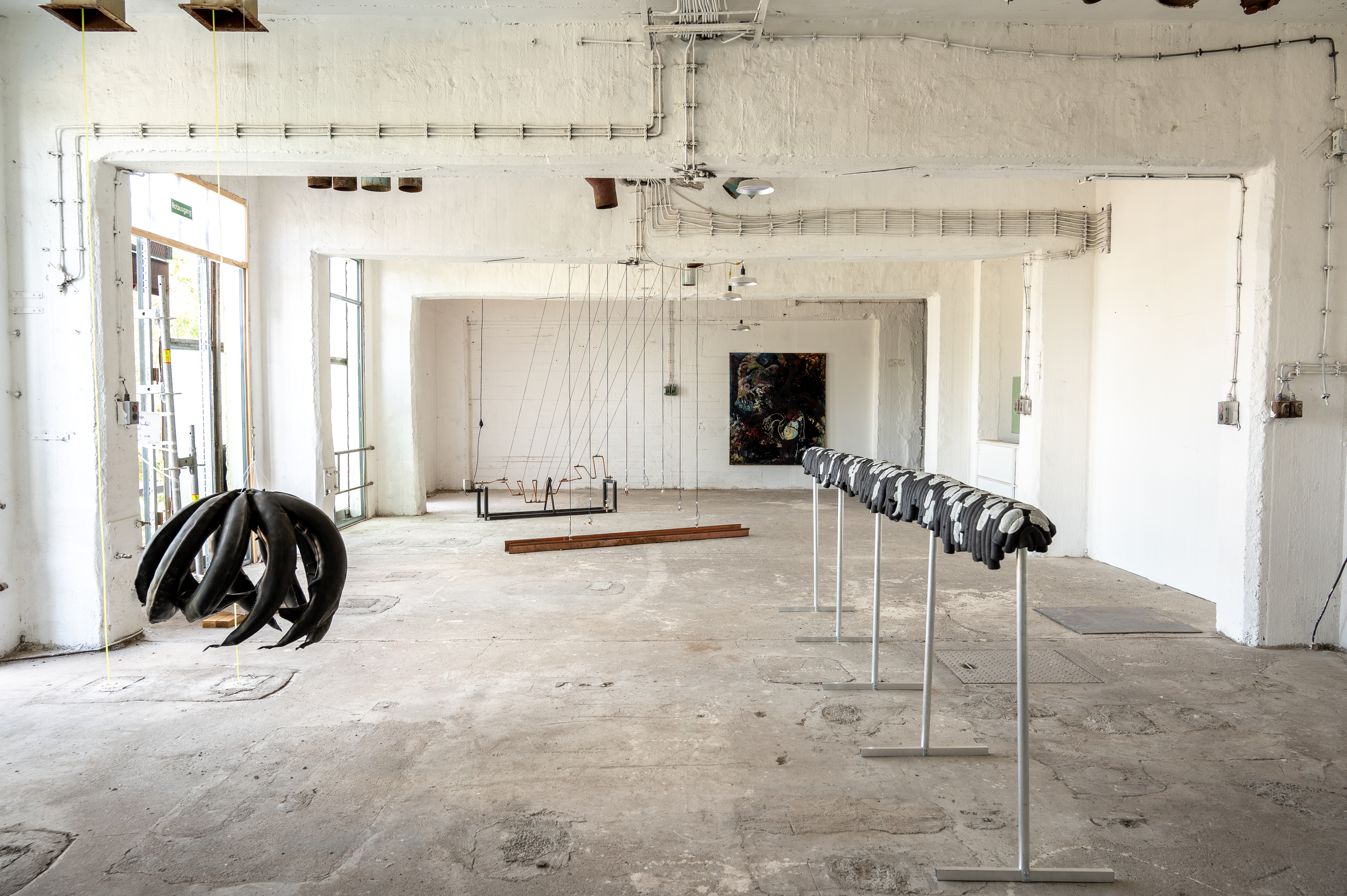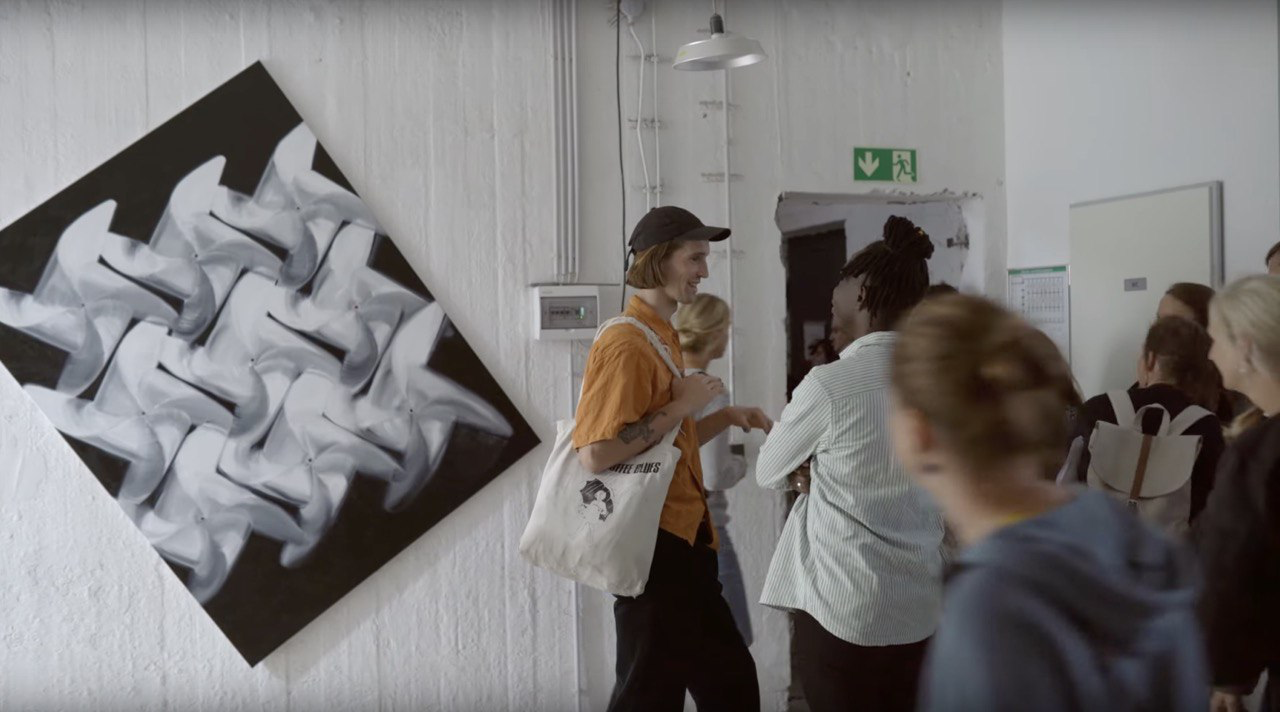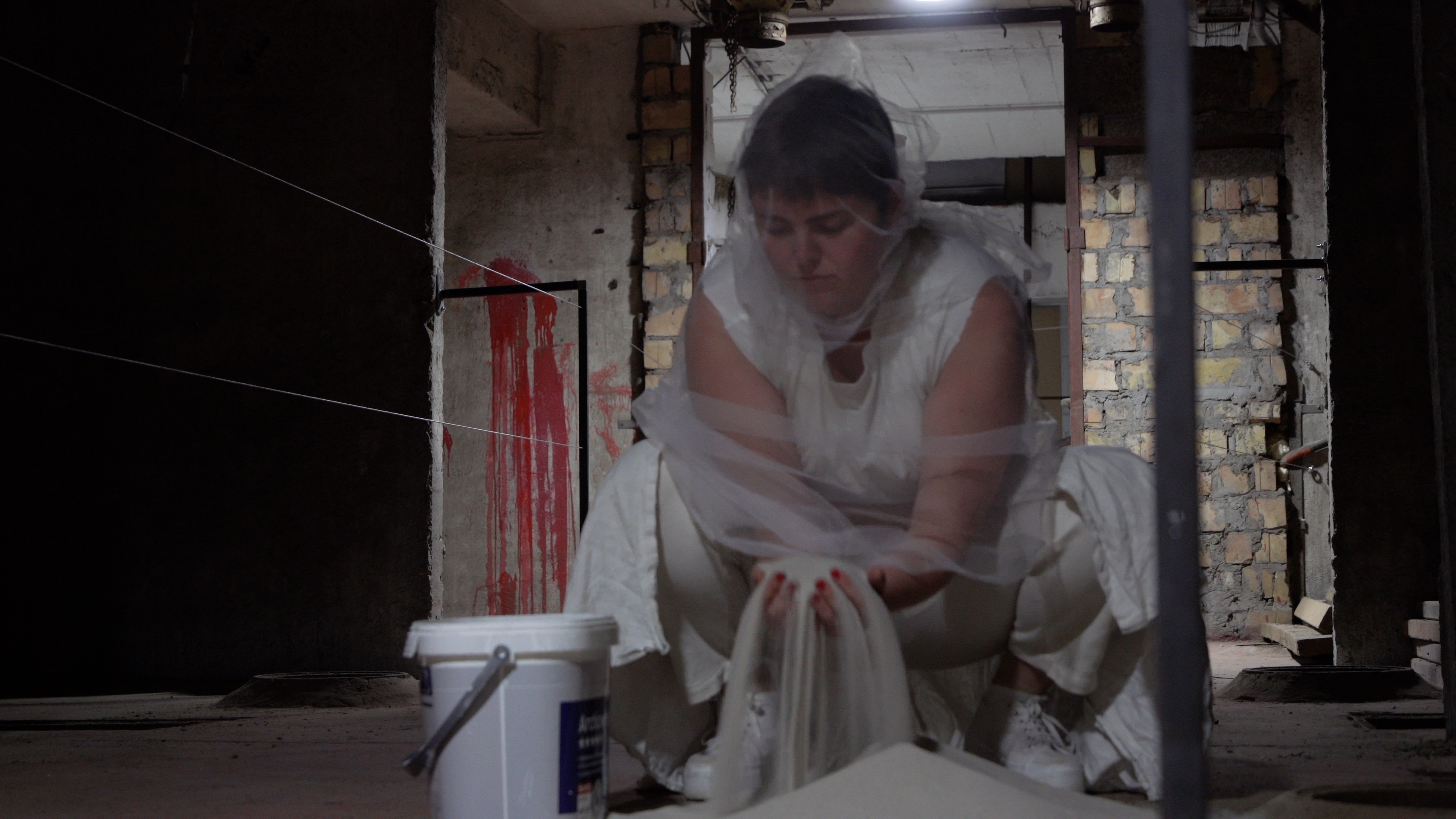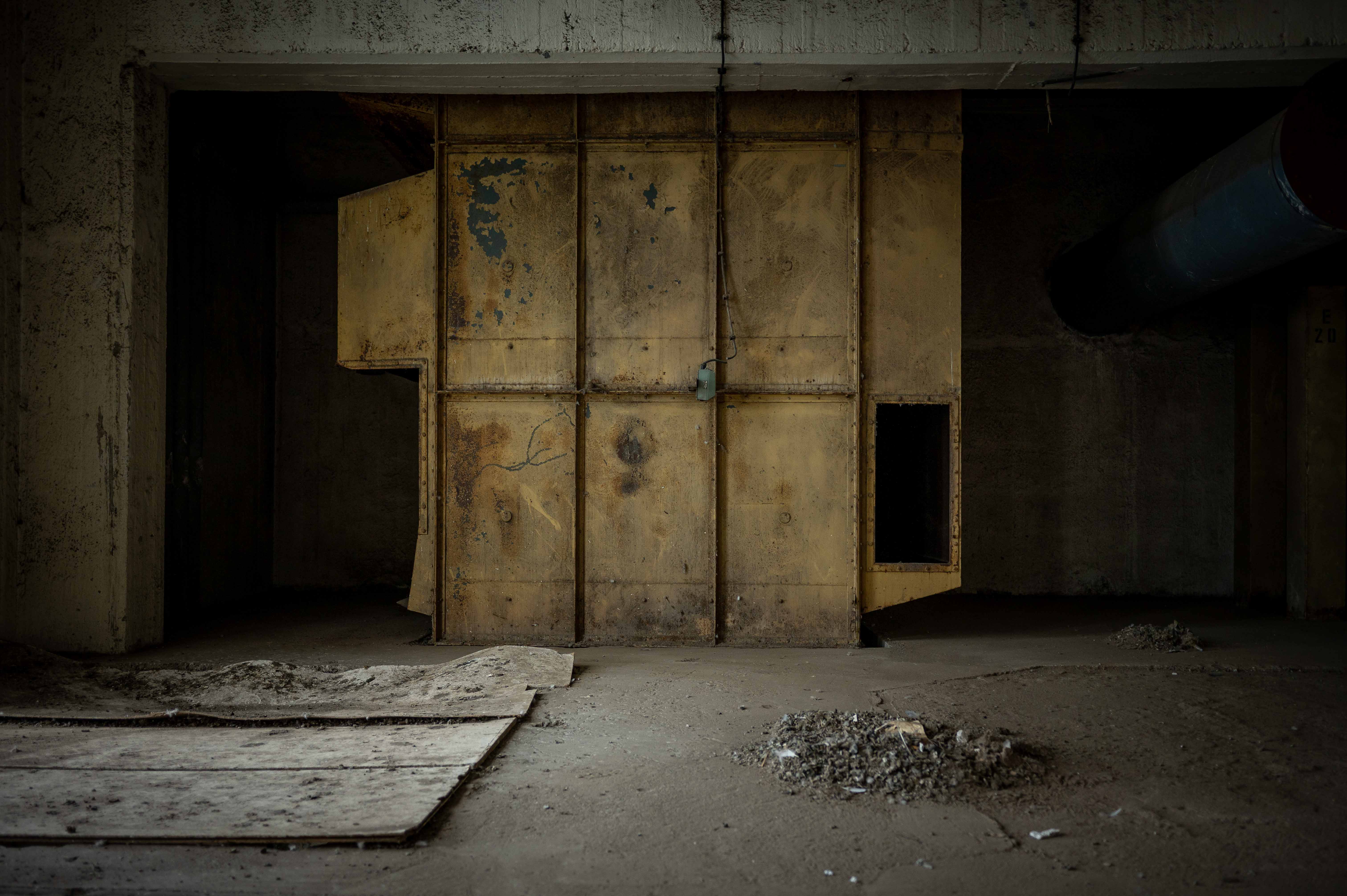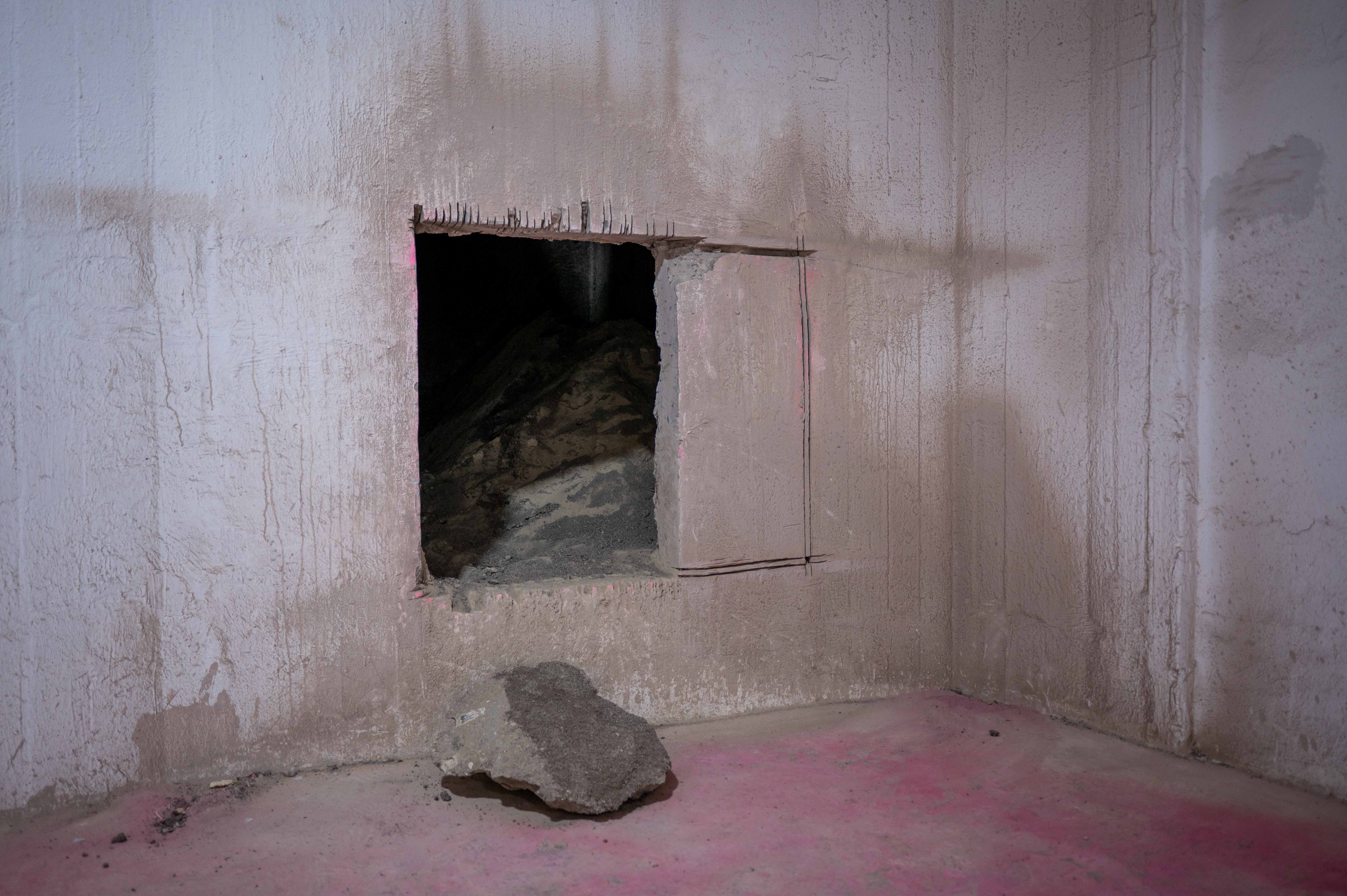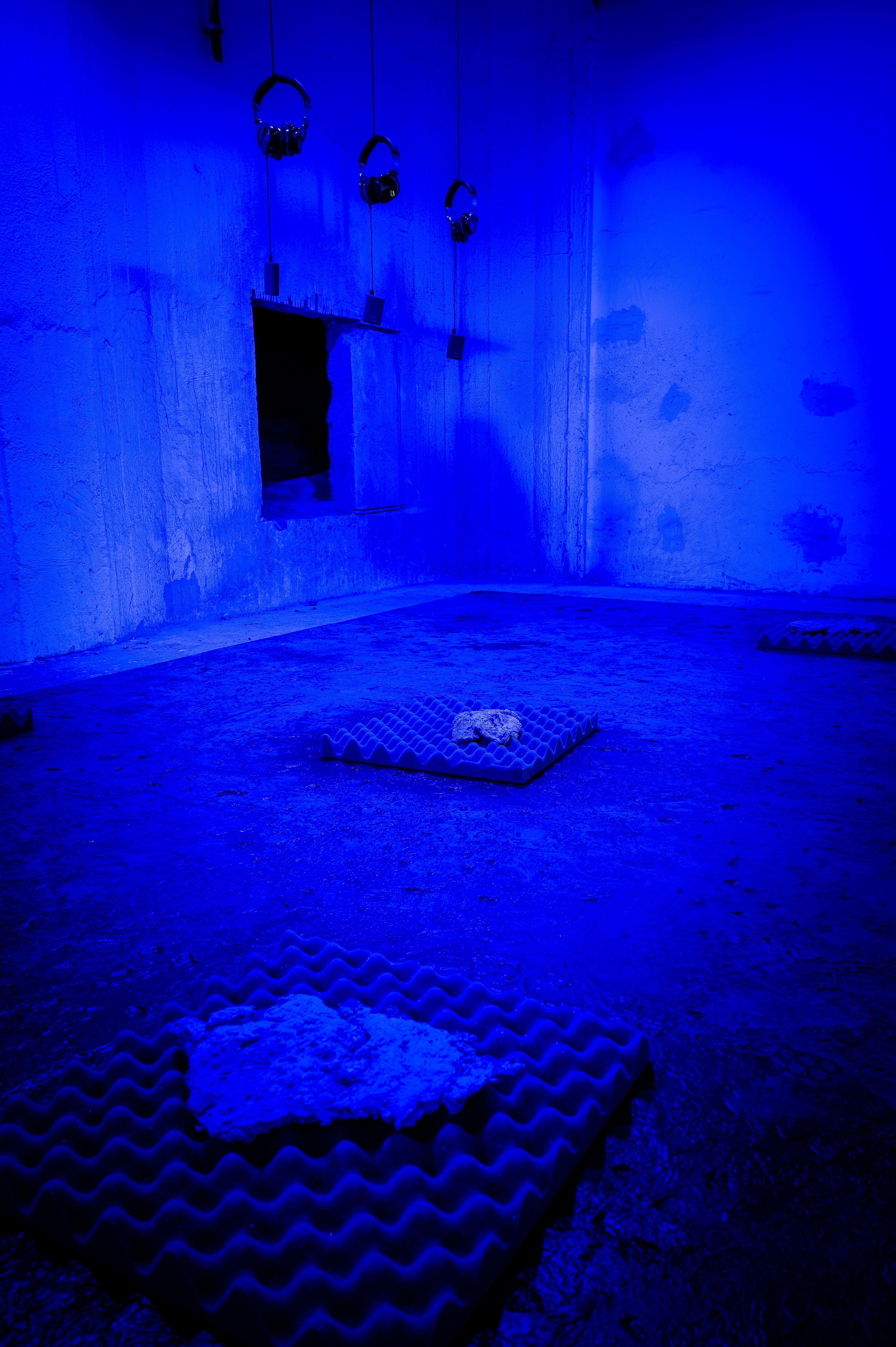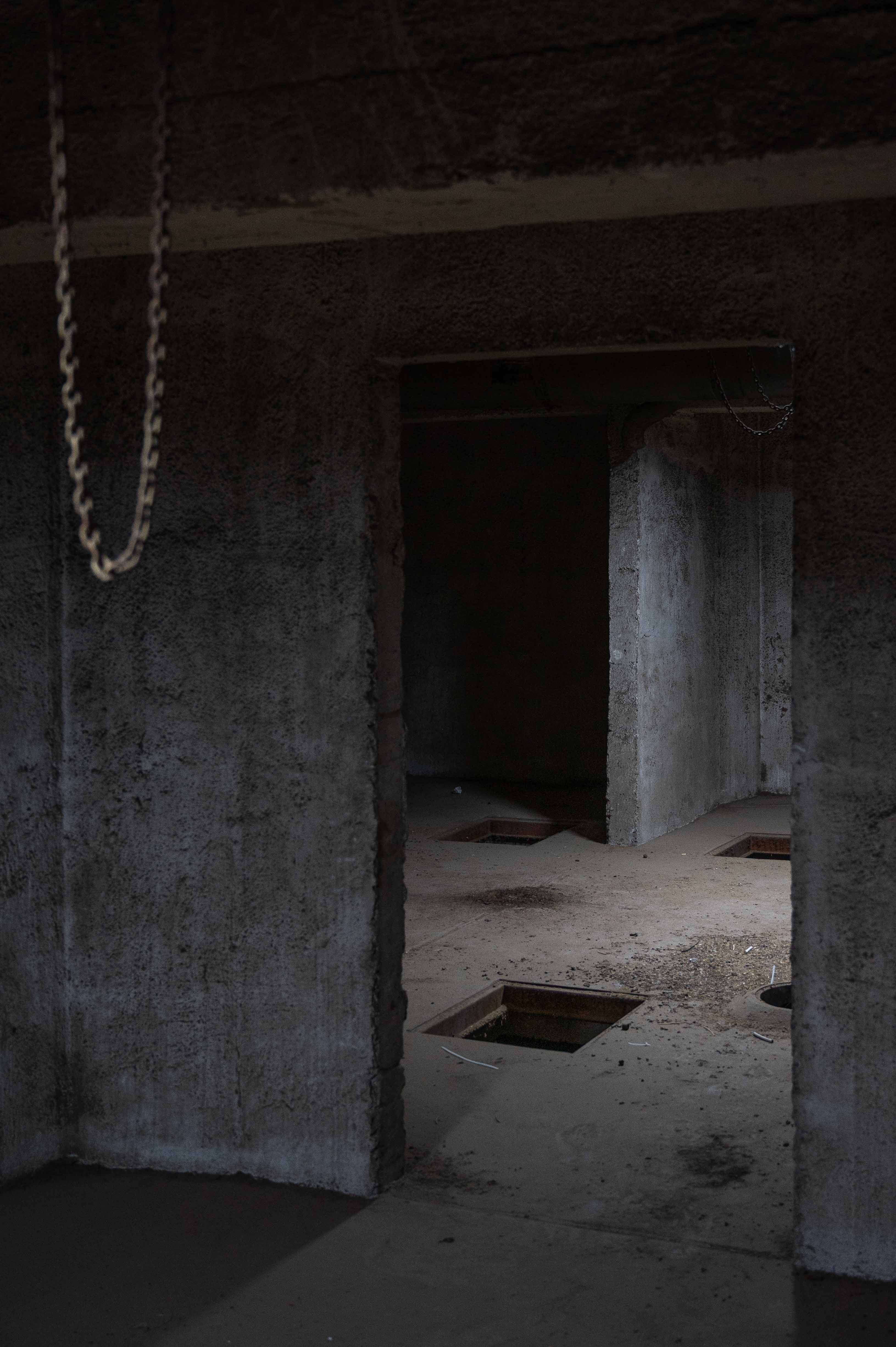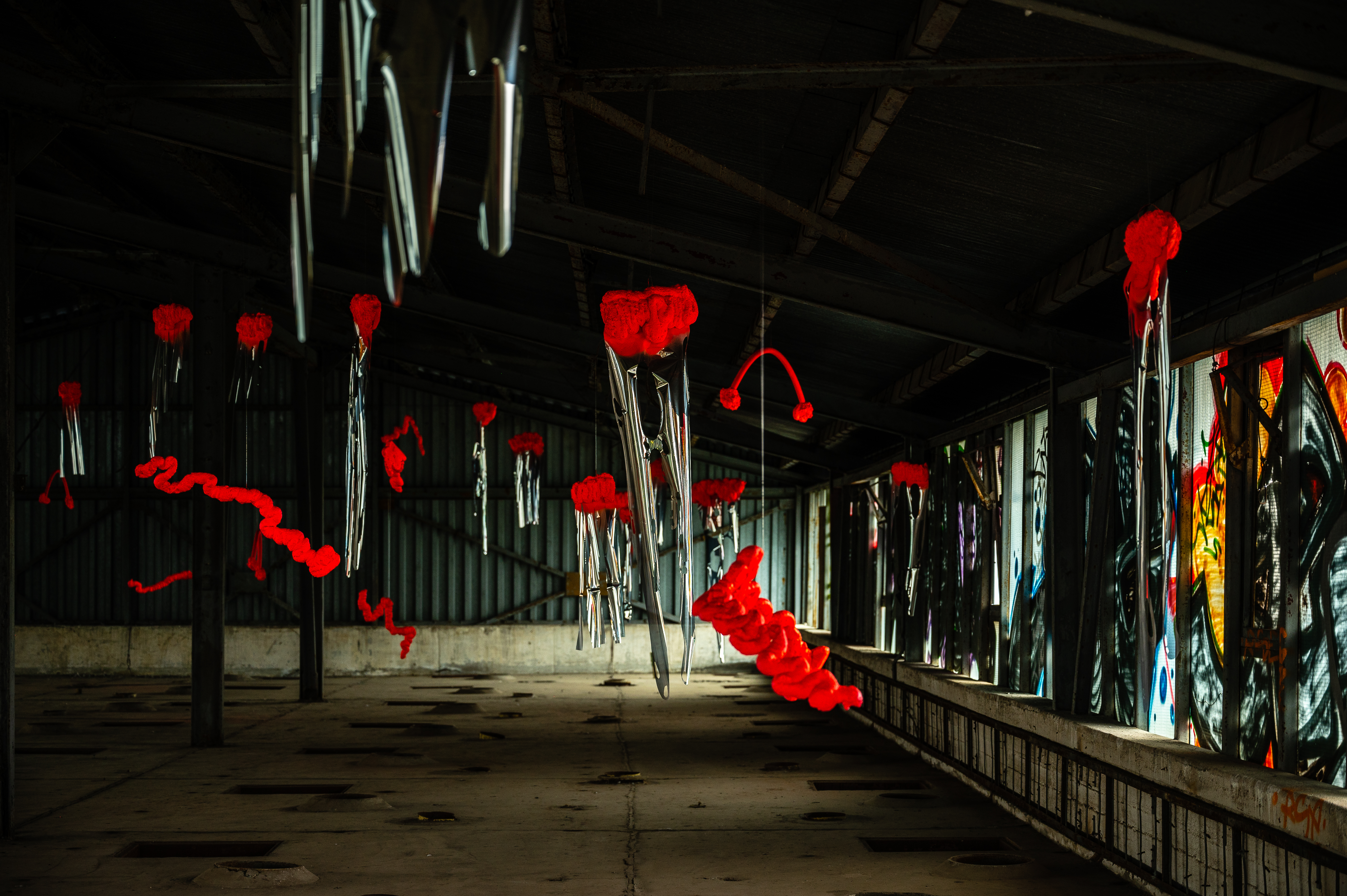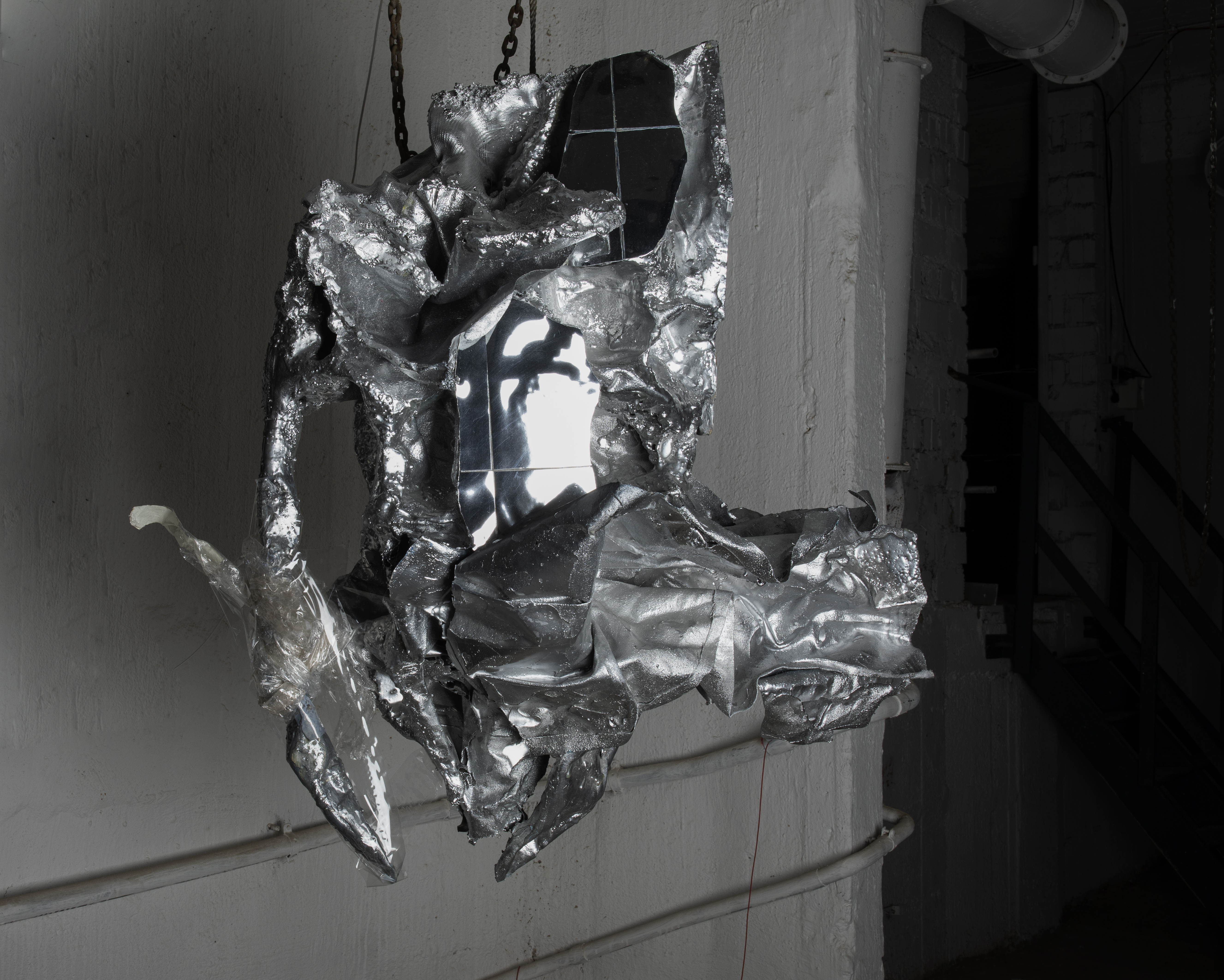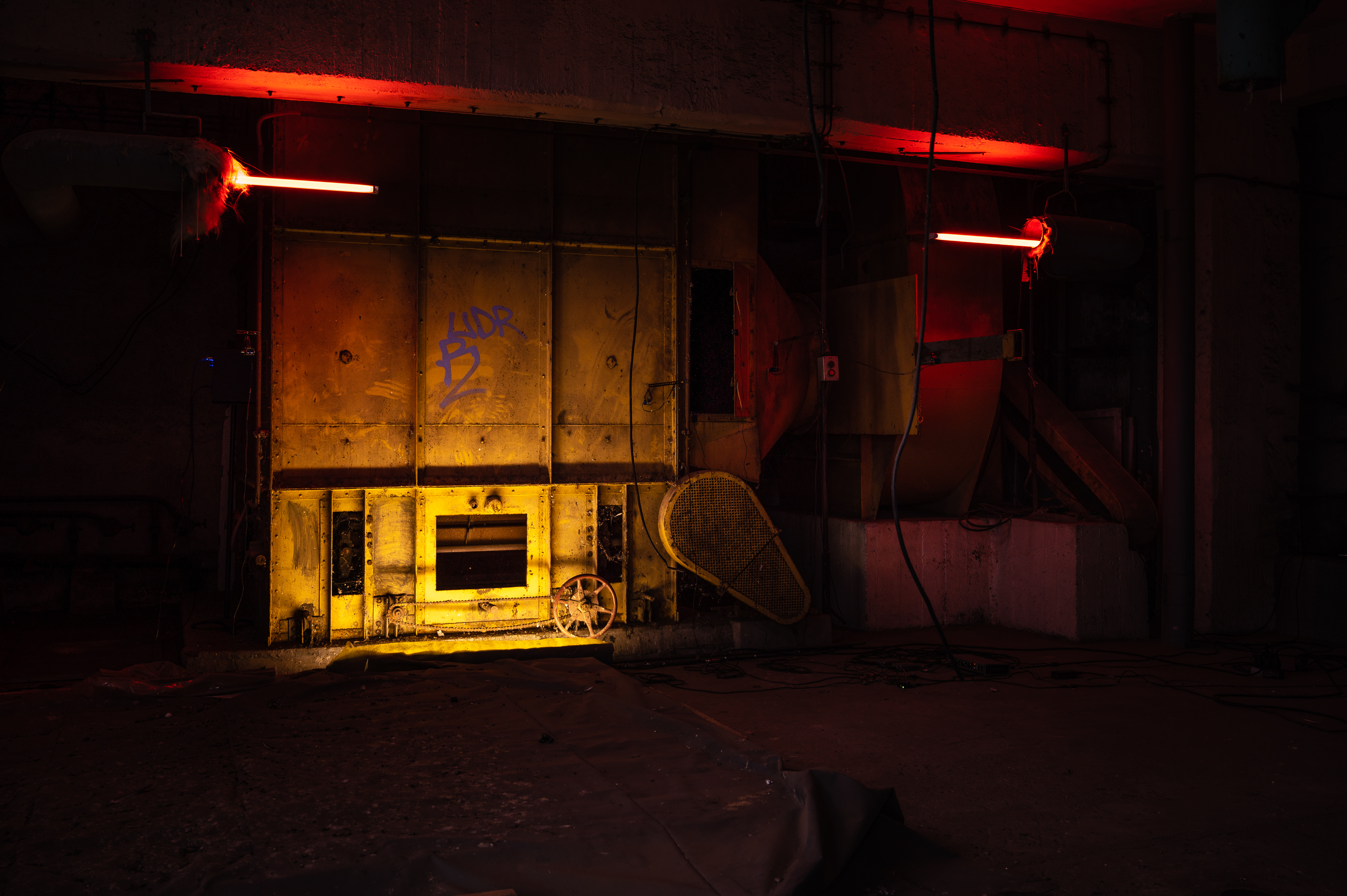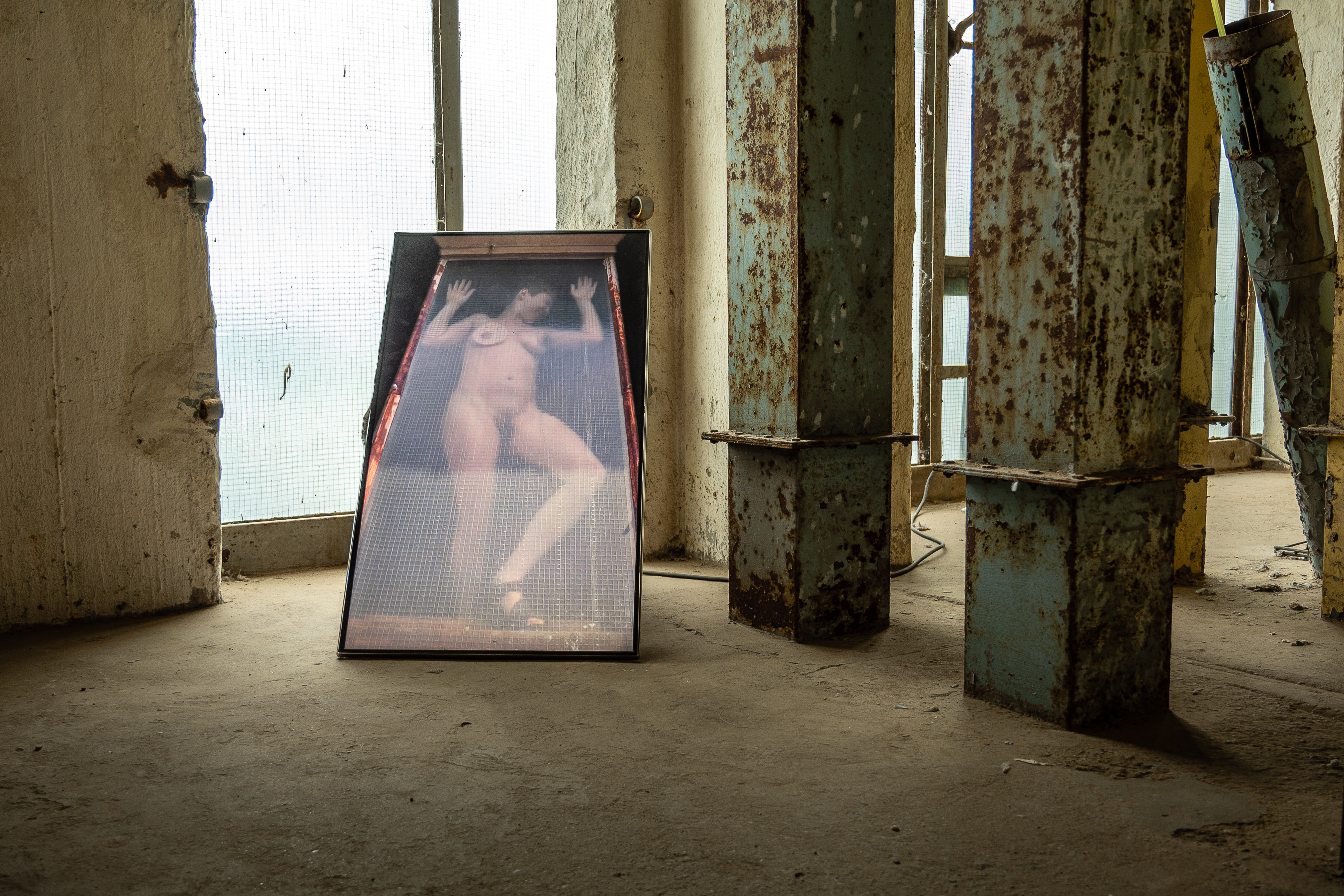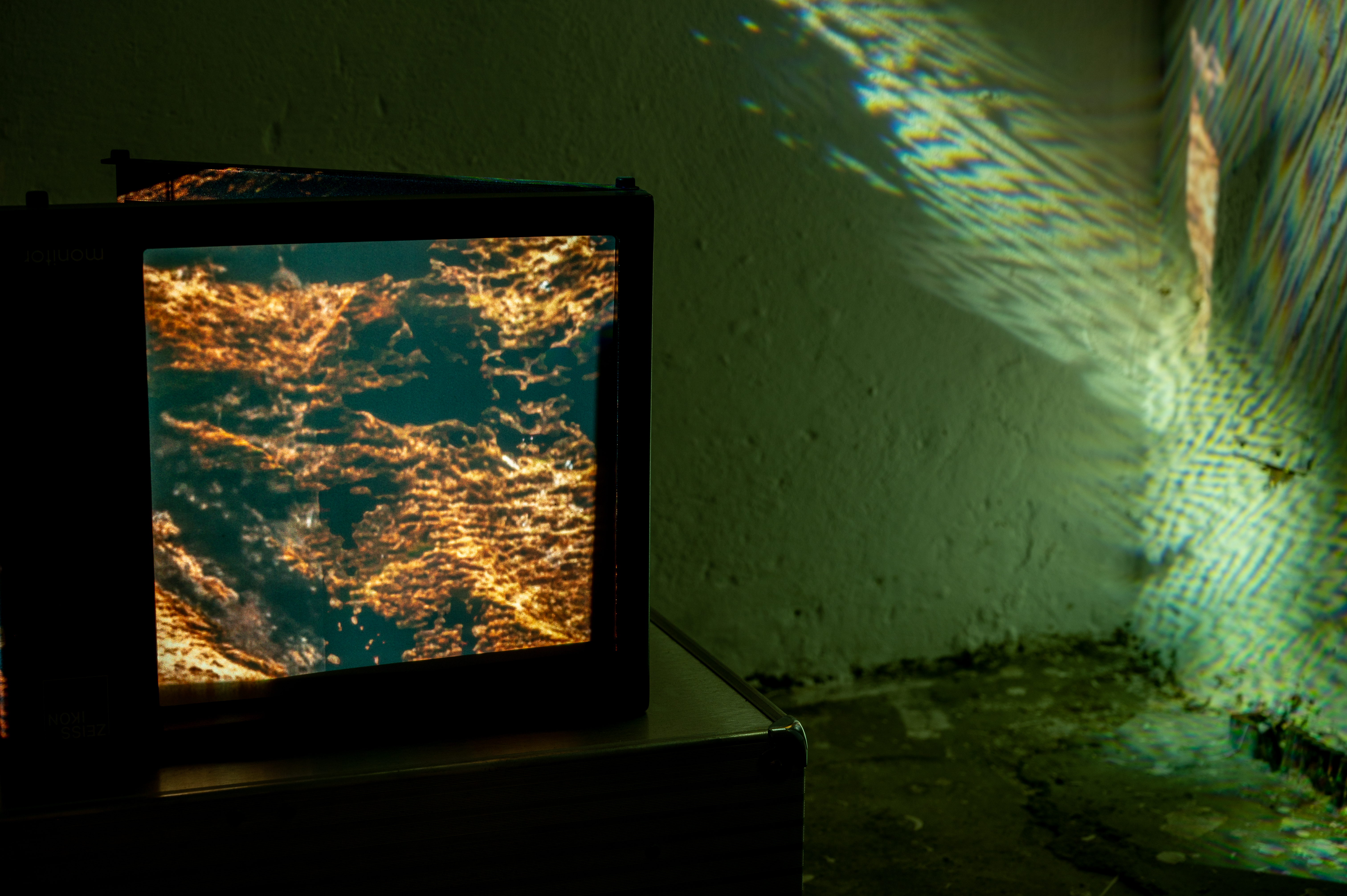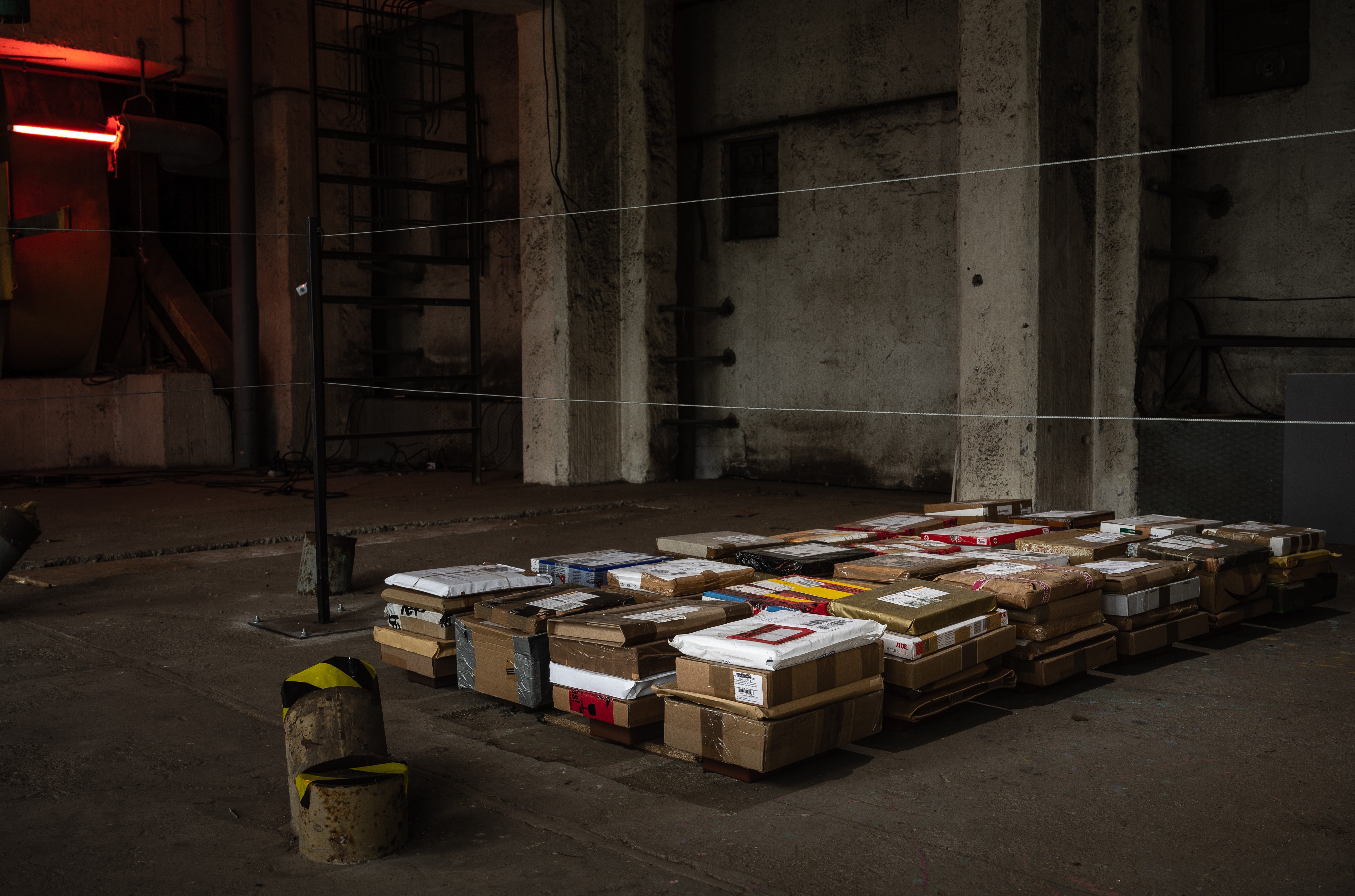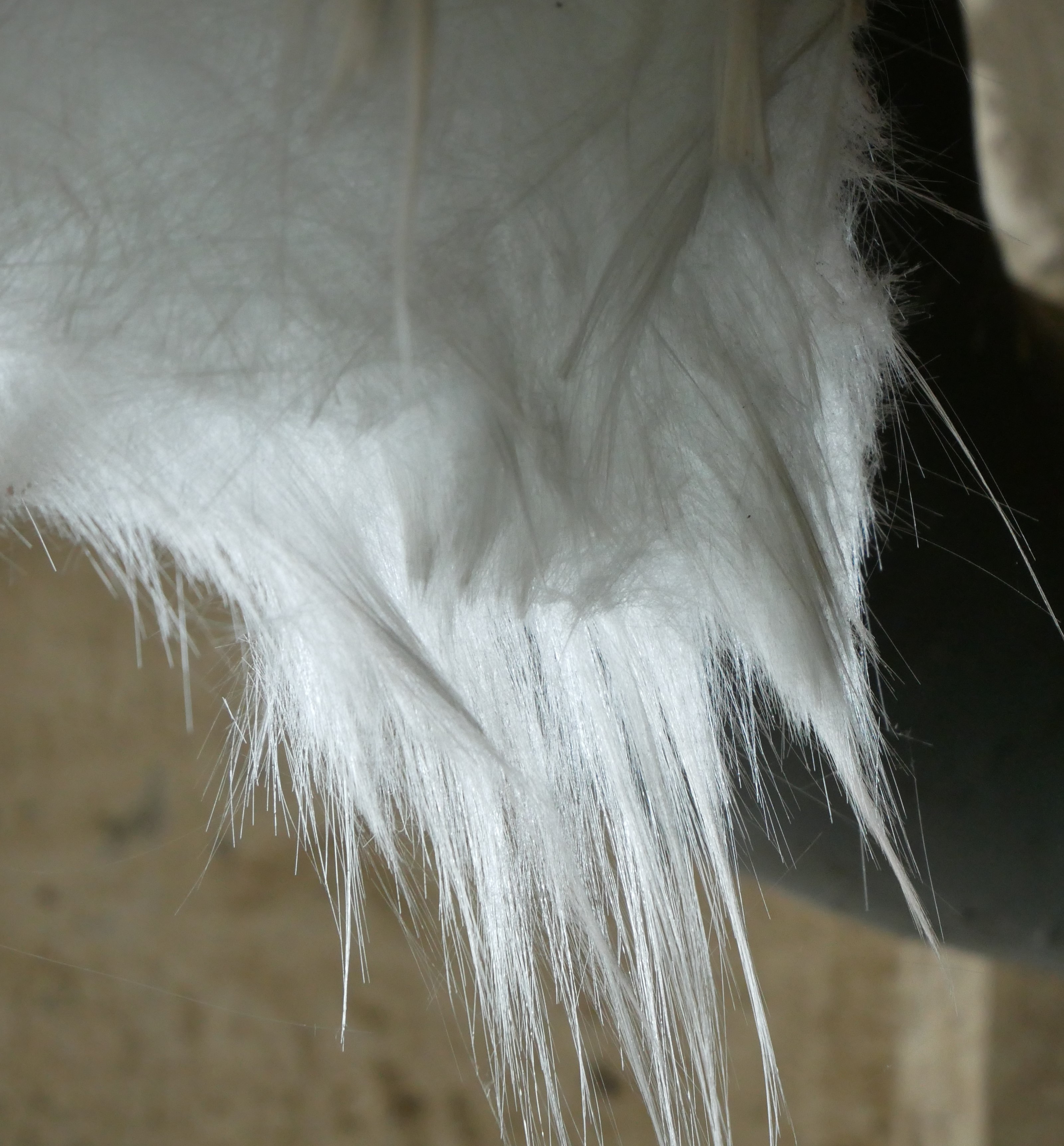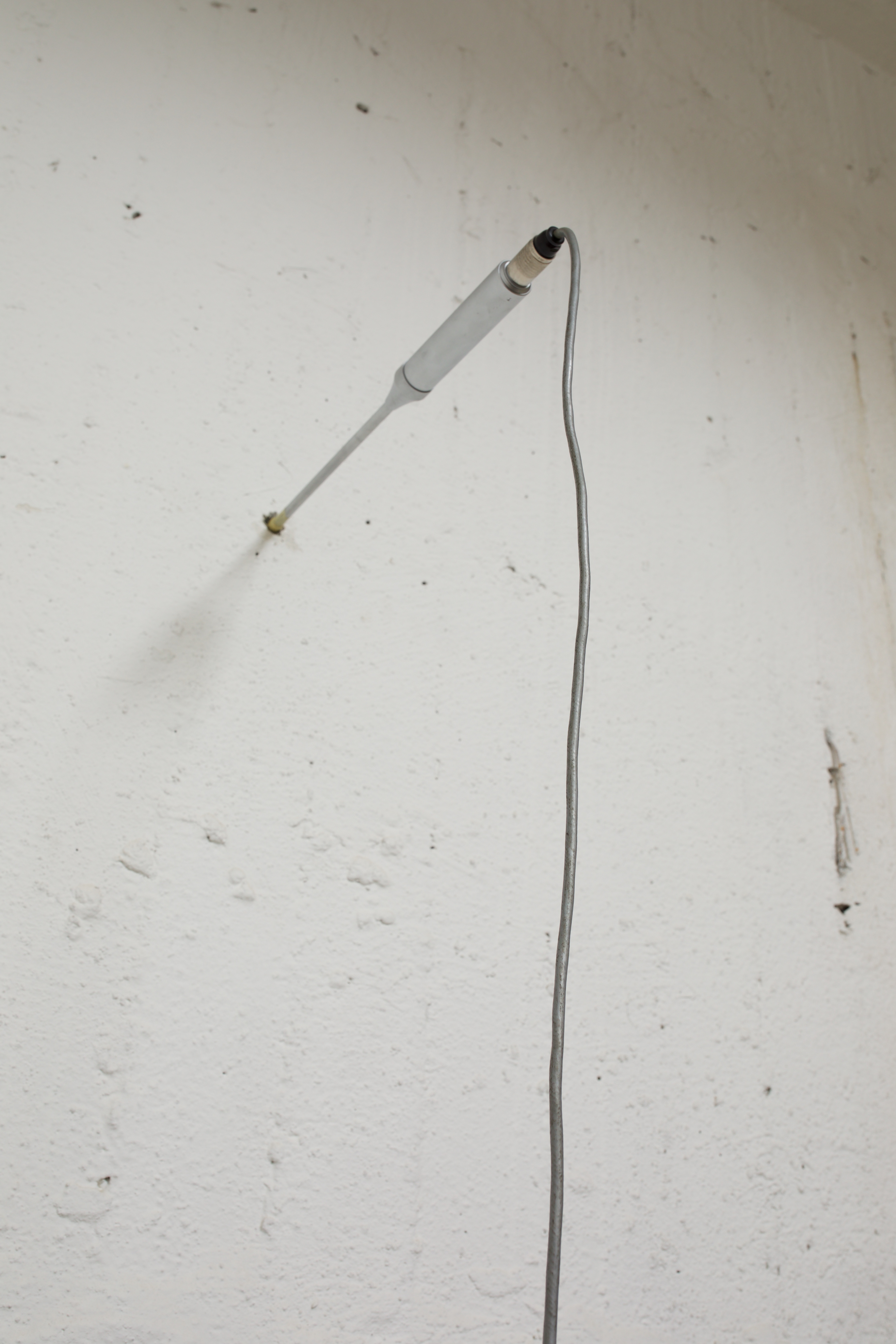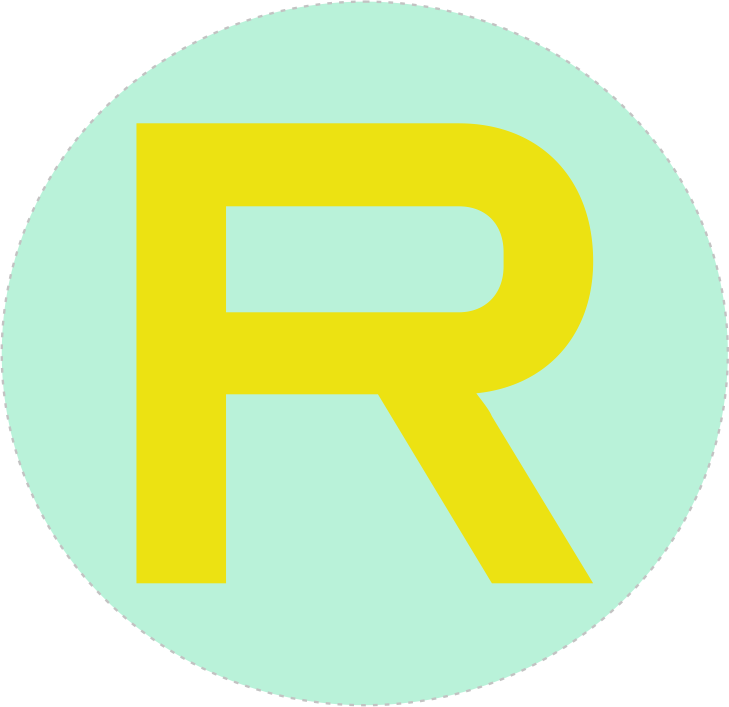interviewed by commune collective
Could you briefly narrate the history of
your coming together as a duo? When
did you decide to start working together
and what has changed from the time
you made that decision?
Before we were an artist duo, we were
brother and sister.
The idea of working together came about
in a very organic yet logical way. Maëva
began her artistic career at the Ecole National
Supérieur des Beaux Arts in Lyon
(FR). At the same time, her brother Arnaud
Grapain was in the middle of his
studies at the Ecole National Superieur
des Beaux Arts de Nice at the Villa Arson
(FR).
After completing her bachelor's degree at
the Beaux Arts de Lyon, Maëva joined Arnaud
at the Beaux-Arts de Nice when he
was in his final year.
That's when we started working together.
It was more a case of brother-and-sisterhelping-
brother than a real collaboration
at first. After working on several projects
with 4 hands and 2 brains, we didn't really
know who was the author of the work
we were producing when we passed our
respective diplomas.
Arnaud went on to do a Post-Master's
degree at the Shanghai Institute of Visual
Arts (CN), while Maëva took advantage
of the opportunity to do an Erasmus exchange
at the same university to continue
the work we'd been doing together.
On her return to France, by chance, Maëva
met the HBK teaching artist Thomas
Rentmeister at the Beaux Arts in Nice,
where she was finishing her studies. He
suggested that she do a Meisterschüler:
in in Germany. Arnaud followed Maëva
to Germany to continue the collective's
work. So in fact, without really realizing
it, we've always worked together and it
finally came quite naturally that we had
to make it official and not have to justify
ourselves any more. All our work, from
the beginning of our studies to the present
day, is now signed under the collective
Grapain.
What other experiences of collectivity or
working with others do you have? Were/
are any of you members of other collectives
or duos before or while working
together?
In the past, we have collaborated with
neuro-physicists and a perfume designer
to produce the piece GDF11. We worked
together to create a fragrance that
would reflect the idea of a mix between
human sweat and industrial waste. As visual
artists, we worked on the design of
images, which were then translated into
a perfume, studied in parallel by neuroscientists
to create this abstract synthetic
scent.
We also collaborated on an invitation
from the artist Malte Tafner on his project
A Fragment of Eden, which was presented
at the Kestnergesellschaft Museum
in Hannover, in collaboration with the
artists Nike Kühn, Christian Holl and Lea
Schürmann.
Malte had asked us to work with other
artists on a sculpture tour of the city of
Hannover. Each sculpture we created
was connected via an application and the
public could interact with it. Thanks to
the associated application, viewers could
navigate between the sites where each
sculpture was located using an interactive
map.
Using the application, discussions could
be held between the sculptures and the
public about the relationships between
people, animals, plants and technology.
The exhibition addressed the theme of
life in the city at a time marked by the
effects of man-made climate change, capitalism
and a post-colonial legacy.
As a duo, you have been collaborating
with artists, musicians, and biochemists,
etc. How do you reflect on collaborations
outside your duo? What challenges
have you faced and what has working
with others taught you about your duo?
This has enabled us to broaden our knowledge
and extend it to other areas that we
might never have gone into before. The
difficulty, we think, of working in collaboration
with people outside our practice
is knowing how to express our ideas and
find a common interest that can attract
the collaborators attention for their research
and nourish our sculptural work
at the same time.
It would be very interesting to think
through your process of work. How do
you share your labor and how fixed/fluid
are the roles you assume within your
duo?
As for our creative process as a duo, we
work together very fluidly. In other words,
neither of us is attached to a particular
role. It mostly depends on what we feel
like doing at the time. We'd say that we
don't have any pre-established recipes
for each new project; it always works on
a gut feeling and on what we both feel
like doing at the time.
What are some of the challenges (internal
and external) that you have faced
throughout your time of working
together? Do you take any measures to
maintain your collaboration?
We don't encounter any particular difficulties
in our collective work. It's all about
dialogue and listening. We're lucky
enough to have acquired the same experience
over the last ten years through
our shared backgrounds, which makes
communication very easy. Sometimes we
don't need to express ourselves further
to understand each other, because we
share the same aesthetic interests and
the same 'family' of artists. We also think
that there are more advantages to working
in pairs, as it gives us more strength
to move forward and also provides obvious
moral support because of the difficulties
of being an artist. Let's say we're
an entity with 2 brains and 4 hands.
We can also divide up the work to make
progress faster. The only constraint, we'd
say, is administrative, because it's sometimes
complicated for certain cultural venues
to host artists' collectives.
speichern kollektivität - die kunst viele zu sein 01.-23.09.23 — speichern kollektivität - die kunst viele zu sein 01.-23.09.23 — speichern kollektivität - die kunst viele zu sein 01.-23.09.23
